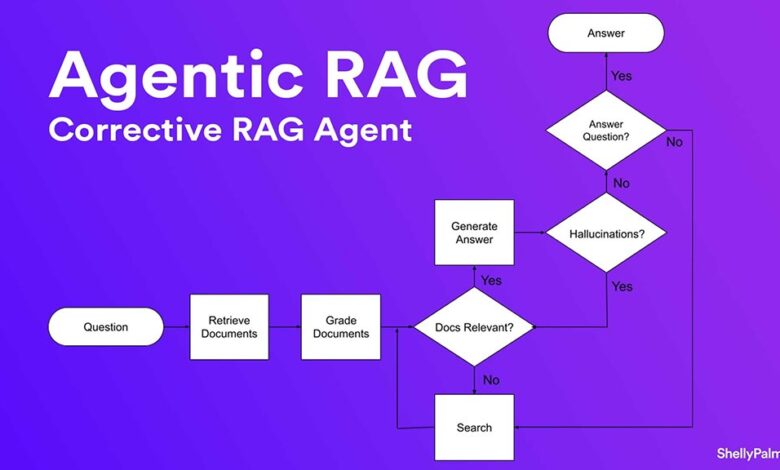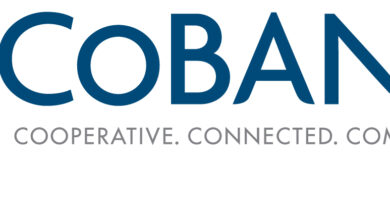Shelly Palmer – Agentic RAG: Enhancing generative AI with proprietary data

Shelly Palmer has been named LinkedIn’s “Top Voice in Technology,” and writes a popular daily business blog.
One of the best ways to create competitive advantage with generative AI platforms is to enable the AI to dynamically incorporate relevant external information (aka your data) into its response process. One of the best ways to accomplish this is by creating a RAG (Retrieval-Augmented Generation) system. Today, we are going to explore Agentic RAG systems which improve the relevance and accuracy of traditional RAG systems by incorporating agency – the ability to autonomously perform dynamic adjustments based on the query context.
Use Cases for Agentic RAG Systems
In practice brand marketers can use an Agentic RAG system anytime there’s a need to provide the AI stack access to proprietary information. We’ve deployed several versions for our clients. Here are just a few use cases, there are many, many more:
Personalized Customer Interactions: Agentic RAG systems can analyze customer data and previous interactions to generate personalized communications, such as targeted emails or messages that resonate with individual preferences and behaviors.
Content Optimization: By retrieving and analyzing data on current trends and customer engagement, these systems can suggest or automatically adjust marketing content to better align with audience interests, potentially increasing engagement and conversion rates.
Competitive Analysis: Agentic RAG can swiftly pull information from a vast array of sources to provide real-time competitive intelligence, helping marketers to understand competitor strategies, pricing, and customer feedback, which can inform strategic decisions.
Campaign Management: These systems can enhance decision-making in campaign management by providing insights derived from historical data and current market dynamics, enabling marketers to optimize campaigns for better performance.
Market Research and Consumer Insights: Agentic RAG systems can quickly process large volumes of market research data, including consumer behavior and preferences, to generate insights that would take much longer to compile manually.
SEO and Content Strategy: By retrieving data on search trends and competitor content strategies, Agentic RAG systems can suggest topics and keywords that are likely to improve search engine rankings and attract more traffic.
Crisis Management and Brand Monitoring: These systems can continuously monitor the web and social media for mentions of a brand, providing real-time alerts to marketers about potential crises or opportunities to engage, which is crucial for maintaining brand reputation.
Building an Agentic RAG System: Key Steps
Building an Agentic RAG system is not without challenges. The complexity of the system requires significant investment in terms of time and resources. Additionally, maintaining the privacy and security of proprietary data while making it accessible to the AI is crucial. Enterprises must also be prepared to continuously invest in keeping the system updated and effective. With all that in mind, here are the key steps.
1. Data Preparation – The foundation of a successful RAG system lies in robust data preparation. This crucial step ensures that all data is cleaned and organized, free of errors, and formatted consistently across various documents and sources.
2. Creating a Vector Database – Creating a vector database is the next pivotal step. This type of database is designed to perform semantic searches, storing the vector representations of data. Unlike traditional databases that rely on keyword matching, a vector database allows the system to retrieve information based on the semantic relevance of the content to the query.
3. Integrating with a Large Language Model (LLM) – To integrate the vector database into your AI stack you connect it to an LLM such as GPT4, Gemini, Claude, Llama, etc. This integration enables the model to utilize the information stored in the vector database to generate responses.
4. Implementing Agency – Implementing agency within the RAG system involves dynamically refining the search and response strategies. This includes modifying queries through query translation to improve the effectiveness of information retrieval, using document metadata to further refine search results, and implementing corrective behaviors. These corrective behaviors enable the system to reassess and refine its outputs continually based on feedback loops, ensuring the system remains adaptive and accurate over time.
5. Maintenance and Continuous Improvement – Once deployed, an Agentic RAG system requires continuous monitoring and maintenance to maintain its effectiveness. This ongoing process involves updating the vector database with fresh data, refining the AI algorithms based on user feedback, and systematically testing the system to optimize its performance. Regular maintenance helps in adapting to new data inputs and evolving user needs, thereby sustaining the system’s utility and efficiency in delivering accurate responses.
There’s No Reason To Wait
Agentic RAG systems represent the latest approach to harnessing the power of generative AI for enterprise applications. But, as the industry is evolving exponentially, be prepared for something new to emerge very quickly. That said, by integrating proprietary data into AI operations, you can enhance your knowledge management capabilities, tailor responses to specific organizational needs, and (most importantly) leverage AI to create and maintain a competitive advantage.
If you’re interested in learning more about creating Agentic RAG systems, please reach out.
Author’s note: This is not a sponsored post. I am the author of this article and it expresses my own opinions. I am not, nor is my company, receiving compensation for it. This work was created with the assistance of various generative AI models.
ABOUT SHELLY PALMER
Shelly Palmer is the Professor of Advanced Media in Residence at Syracuse University’s S.I. Newhouse School of Public Communications and CEO of The Palmer Group, a consulting practice that helps Fortune 500 companies with technology, media and marketing. Named LinkedIn’s “Top Voice in Technology,” he covers tech and business for Good Day New York, is a regular commentator on CNN and writes a popular daily business blog. He’s a bestselling author, and the creator of the popular, free online course, Generative AI for Execs. Follow @shellypalmer or visit shellypalmer.com.



